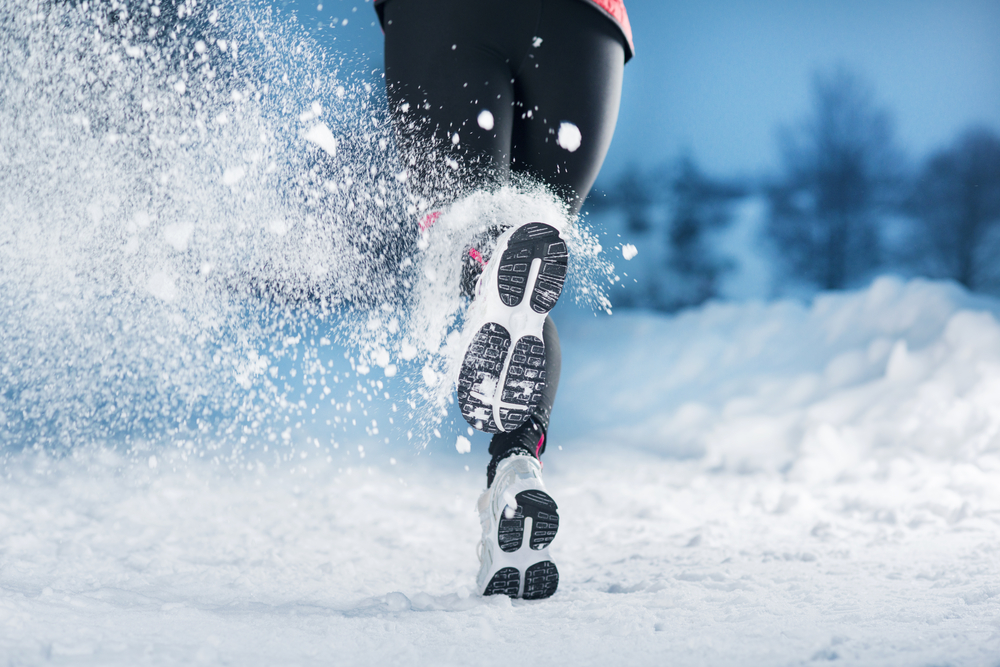Physical Therapists’ Tips for Exercising in the Cold

Now that summer’s officially over, it’s time to prepare for the weather to change. While the autumn weather has yet to kick in, it’s never too early to brace yourself for the plummeting temperatures of winter. Before we know it, the days will be cold, gray and much shorter. However, that doesn’t mean we should abandon our outdoor exercise and remain sitting all winter. In fact, the winter months shouldn’t slow down your fitness routines one bit.
It doesn’t matter if you’re an athlete, a physical therapist, new to exercise or returning to a routine. Winter exercise is just as possible and beneficial as any other season. However, you should take a few basic precautions in order to stay safe. Long Island can have some particularly unpleasant winters. But if you apply a few simple measures to your regimen, you can exercise safely and effectively in the cold. Read on to learn a few physical therapist’s tips for exercising in the cold.
1. Dress In Moisture-Wicking Layers
Often, those who exercise in winter make the mistake of dressing too warmly to do cardio or resistance training. And, since exercising stimulates body heat, it makes them feel warmer than it is. Eventually, perspiration begins to dry and has the opposite effect. Their body temperature plummets, making them susceptible to sickness.
But dressing in layers that wick moisture from the skin can mitigate this. This kind of athletic wear will keep you warm and dry. Also, the layers let you remove clothing and put it back on as necessary.
2. Cover Hands, Feet & Ears
When the weather is cold enough, our blood concentrates on our cores. As a result, these areas are vulnerable to frostbite. In addition, covering your head is a good way to stay warm.
Without something as simple as a hat, you lose half of your body heat. But you can retain that heat and ensure a much more comfortable workout simply by putting a hat on.
3. Be Mindful of Terrain
Of course, we all know that winter means cold, wet conditions. And if it’s not wet, then it’s usually frozen solid. Even the most experienced athletes are vulnerable to the slippery, often-invisible ice blanketing the pavement in winter. It’s very easy to take one step on a patch of ice and suddenly slip. Then, you’re dealing with a painful injury that can take months to recover from and even induce long-term chronic pain.
Be vigilant when exercising outdoors in winter. If there’s ice on the sidewalks, don’t run at high speeds and keep an eye on the pavement. Also, be sure to wear the right footwear with plenty of traction. These will prevent conditions like runner’s knee and also help you stay upright and stable on the ice.
Conclusion – Farmingdale Physical Therapy West
Obviously, we love seeing our patients get out there and exercise. And while winter isn’t here yet, it’s never too early to prepare. These simple measures will help you stay healthy and comfortable, avoid injury and get in a good workout all winter long. Of course, we’re always happy to consult with you to discuss the optimal workout plan specifically for you – which is the essence of physical therapy.

